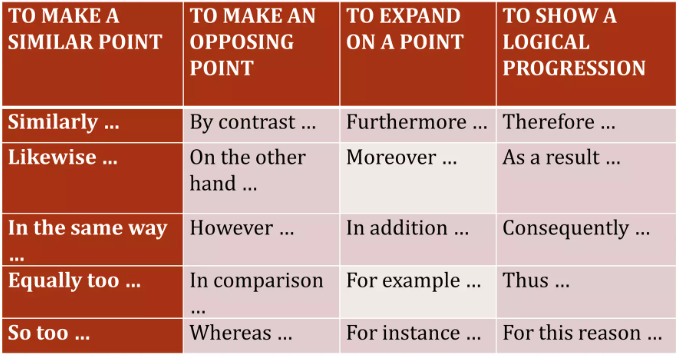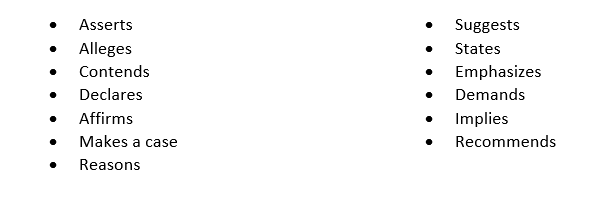When writing an Analysis Argument essay, finding the right words to use can be difficult. But there’s no need to worry! We have a perfect guide to help assist you in writing the ideal Language Analysis essay!
SUMMARY
It is essential to look closely at the language and images. Remember to explain how they are used to persuade the reader to agree with the author’s point of view (contention).
READING CAREFULLY
Ask questions as you read each article/blog/speech etc.

PLAN YOUR RESPONSE
- Write the main contention in your own words
- Jot down supporting arguments
- Select which persuasive techniques you will discuss
- Identify which examples/quotations you will use as evidence
- Decide what you will look at in each body paragraph
INTRODUCTION
You must include the following:
- Name/Title of the text and text type (opinion piece/speech/blog)
- Writer’s name and contention
- Where was it published/presented
- Description of the overall tone of the piece
Sentence Starters: Intro
- The writer asserts that…
- Contending that …, the writer then …
- The author quickly establishes the main contention that …
- In a … tone, the writer declares that …
- One of the main points of view presented by [name of the writer] is …
- The writer argues that … which influences the reader to …
- The usage of … positions the reader to share the writer’s viewpoint that …
Synonyms for ‘Argue’

BODY PARAGRAPHS
Generally 3 or 4 body paragraphs (may be more but cannot be less than three)
Follow TEEL:
- Topic sentence – Point out one of your sentences and identify an important part of the writer’s argument or a key persuasive technique that is used by the writer.
- Examples and evidence
- Explanation of HOW/WHY the writer/speaker is persuasive
- Link examples back to your topic sentence and contention
Sentence Starters: Main Paragraphs
- By introducing a controversial example, the writer positions us to …
- The use of colourful language predisposes us to …
- Reference to … (experts/scientific findings/statistics) lends credibility to the writer’s argument.
- The use of a stereotypical example contributes to the effect of …
- Highly emotive language, for example …, influences us to accept …
- Through repetition of the word …, the writer seeks to coerce the reader into believing that …
- With a series of rhetorical questions, the author aims to appeal to …
- The connotations of the word/phrase ,,, have the effect of …
- By relentlessly attacking the opposing view, the author leads us to accept that …
Language Style
- The writer’s use of a formal style and extensive research findings establishes her credentials …
- By addressing us informally, the writer establishes a sense of intimacy …
- The fast-paced and colloquial style immediately draws the reader into …
Connectives – Moving between paragraphs

CONCLUSION
- Sum up what the writer’s main contention is, what do they want their audience to believe/do?
- Summarise the main techniques they have used to convey their point of view
- Assess the success of the author’s persuasive strategy





